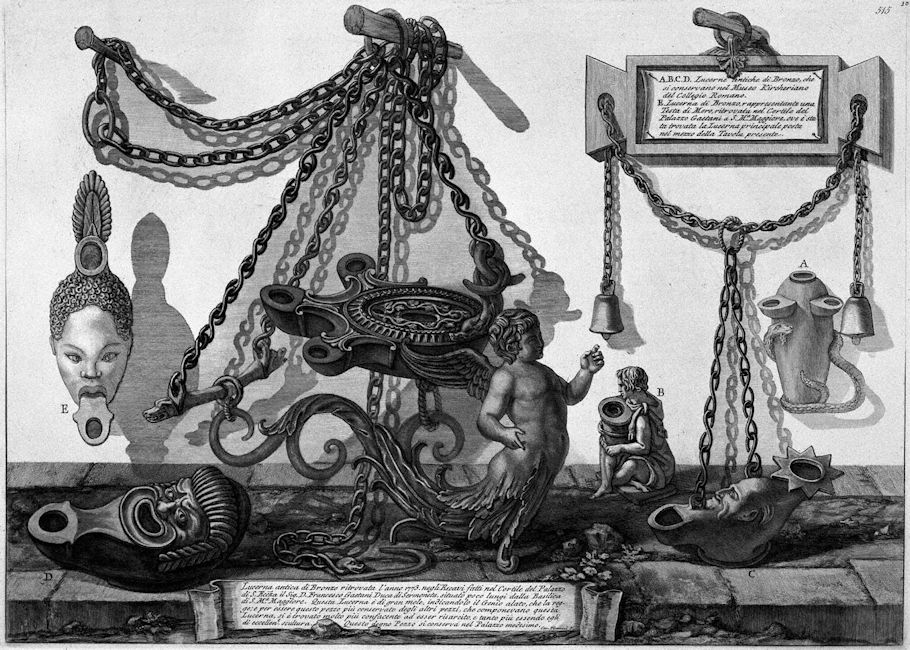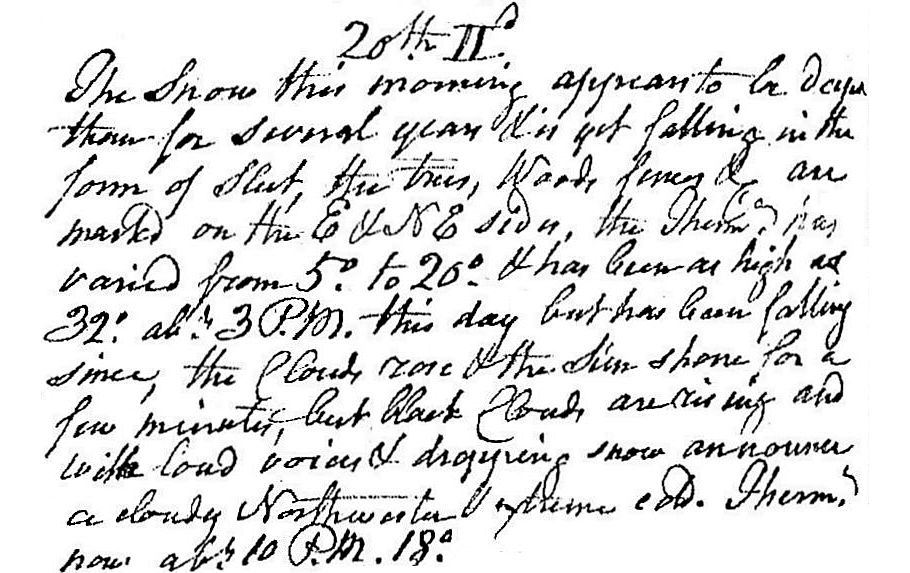20 January
Feast of St. Sebastian.
ST SEBASTIAN, Martyr (a.d. 288 ?)
According to the " acts ", assigned without any adequate reason to the authorship of St Ambrose, St Sebastian was born at Narbonne in Gaul, though his parents had come from Milan, and he was brought up in that city. He was a fervent servant of Christ, and though his natural inclinations were averse from a military life, yet to be better able to assist the confessors and martyrs in their sufferings without arousing suspicion, he went to Rome and entered the army under the Emperor Carinus about the year 283. It happened that the martyrs, Marcus and Marcellian, under sentence of death, appeared in danger of faltering in their resolution owing to the tears of their friends; Sebastian, seeing this, intervened, and made them a long exhortation to constancy, which he delivered with an ardour that strongly affected his hearers. Zoe, the wife of Nicostratus, who had for six years lost the use of speech, fell at his feet, and when the saint made the sign of the cross on her mouth, she spoke again distinctly. Thus Zoe, with her husband, Nicostratus, who was master of the rolls (primiscrinius), the parents of Marcus and Marcellian, the gaoler Claudius, and sixteen other prisoners were converted; and Nicostratus, who had charge of the prisoners, took them to his own house, where Polycarp, a priest, instructed and baptized them. Chromatius, governor of Rome, being informed of this, and that Tranquillinus, the father of Marcus and Marcellian, had been cured of the gout by receiving baptism, desired to follow their example, since he himself was grievously afflicted with the same malady. Accordingly, having sent for Sebastian, he was cured by him, and baptized with his son Tiburtius. He then released the converted prisoners, made his slaves free, and resigned his prefectship.
Not long after Carinus was defeated and slain in Illyricum by Diocletian, who the year following made Maximian his colleague in the empire. The persecution was still carried on by the magistrates in the same manner as under Carinus, without any new edicts. Diocletian, admiring the courage and character of St Sebastian, was anxious to keep him near his person; and being ignorant of his religious beliefs he created him captain of a company of the pretorian guards, which was a considerable dignity. When Diocletian went into the East, Maximian, who remained in the West, honoured Sebastian with the same distinction and respect. Chromatius retired into the country in Campania, taking many new converts along with him. Then followed a contest of zeal between St Sebastian and the priest Polycarp as to which of them should accompany this troop to complete their instruction, and which should remain at the post of danger in the city to encourage and assist the martyrs. Pope Caius, who was appealed to, judged that Sebastian should stay in Rome. In the year 286, the persecution growing fiercer, the pope and others concealed themselves in the imperial palace, as the place of greatest safety, in the apartments of one Castulus, a Christian officer of the court. Zoe was first apprehended, when praying at St Peter's tomb on the feast of the apostles.
She was stifled with smoke, being hung by the heels over a fire. Tranquillinus, ashamed to show less courage than a woman, went to pray at the tomb of St Paul, and there was seized and stoned to death. Nicostratus, Claudius, Castorius and Victorinus were taken, and after being thrice tortured, were thrown into the sea. Tiburtius, betrayed by a false brother, was beheaded. Castulus, accused by the same wretch, was twice stretched upon the rack, and afterwards buried alive. Marcus and Marcellian were nailed by the feet to a post, and having remained in that torment twenty-four hours were shot to death with arrows.
St Sebastian, having sent so many martyrs to Heaven before him, was himself impeached before Diocletian; who, after bitterly reproaching him with his ingratitude, delivered him over to certain archers of Mauritania, to be shot to death. His body was pierced through with arrows, and he was left for dead. Irene, the widow of St Castulus, going to bury him, found him still alive and took him to her lodgings, where he recovered from his wounds, but refused to take to flight. On the contrary, he deliberately took up his station one day on a staircase where the emperor was to pass, and there accosting him, he denounced the abominable cruelties perpetrated against the Christians. This freedom of language, coming from a person whom he supposed to be dead, for a moment kept the emperor speechless; but recovering from his surprise, he gave orders for him to be seized and beaten to death with cudgels, and his body thrown into the common sewer. A lady called Lucina, admonished by the martyr in a vision, had his body secretly buried in the place called ad catacumbas, where now stands the basilica of St Sebastian.
The story recounted above is now generally admitted by scholars to be no more than a pious fable, written perhaps before the end of the fifth century. All that we can safely assert regarding St Sebastian is that he was a Roman martyr, that he had some connection with Milan and was venerated there even in the time of St Ambrose, and that he was buried on the Appian Way, probably quite close to the present basilica of St Sebastian, in the cemetery ad catacumbas. Although in late medieval and renaissance art St Sebastian is always represented as pierced with arrows, or at least as holding an arrow, this attribute does not appear until comparatively late. A mosaic dating from about 680 in San Pietro in Vincoli shows him as a bearded man carrying a martyr's crown in his hand, and in an ancient glass window in Strasbourg Cathedral he appears as a knight with sword and shield, but without arrows. St Sebastian was specially invoked as a patron against the plague, and certain writers of distinction (e.g. Male and Perdrizet) urge that the idea of protection against contagious disease was suggested, in close accord with a well-known incident in the first book of the Iliad, by Sebastian's undaunted bearing in face of the clouds of arrows shot at him; but Father Delehaye is probably right in urging that some accidental cessation of the plague on an occasion when St Sebastian had been invoked would have been sufficient to start the tradition. That St Sebastian was the chosen patron of archers, and of soldiers in general, no doubt followed naturally from the legend.
Herbert Thurston, S.J. and Donald Attwater, Butler's Lives of the Saints (vol. 1, 1956), pp. 128-30.
20 January 313
Just remembered that construction of Eutropia's cemetery circus structure over the catacomb of St. Sebastian was just completed. Perhaps Constantine stayed in Rome until the "church's" consecration. In any case, now begins Eutropia's planning and Helena's building in Rome, all under the aegis of Constantine.
20 January 1778 Tuesday
Vases, Candelabra, Grave Stones, Sarcophagi. Tripods, Lamps and Ancient Ornaments volume I

Five bronze lamps.
Ancient Bronze Lamp found in the year 1773 in the Excavations made in the Courtyard of the Palace of S. Ecc(ellen)za Mr. D. Francesco Gaetani Duke of Sermoneta, located not far from the Basilica of S. Ma Maggiore. This Lamp is of great size, indicated by the winged Genius who holds it; and since this piece is more preserved than the other pieces that made up this Lammp, it was found to be much more suitable to be compensated, and all the more since it is of excellent sculpture. This worthy Piece is kept in the Palazzo itself.
A. B. C. D. Ancient bronze oil lamps, which are kept in the Kircherian Museum of the Roman college.
E. Bronze Lamp, representing a Moor's Head, found in the courtyard of Palazzo Gaetani in S. M. a Maggiore, where the main Lamp was found placed in the middle of the present Table.
Cav. Piranesi F.
20 January 1812 Monday

The snow this morning appears to be deeper than for several years and is yet falling in the form of sleet. The trees, woods, fences, etc.[?] are marked on the E and NE side. The therm. has varied from 5° to 20° and has been as high as 32° about 3 PM this day but has been falling since. The clouds rose and the sun shone for a few minutes, but blast clouds are rising and with loud voices and dropping snow announcer a cloudy northwester and extreme .... Therm. now about 10 PM 18°.
20 January 2001
ideas
9. the Campo Marzio "Catalogo" as a testimony that most [ancient] Roman "ruins" are remains in text only, thus actually not really there.
20 January 2021

atlas 05

20 January 2023 Friday
. . . . . .
|